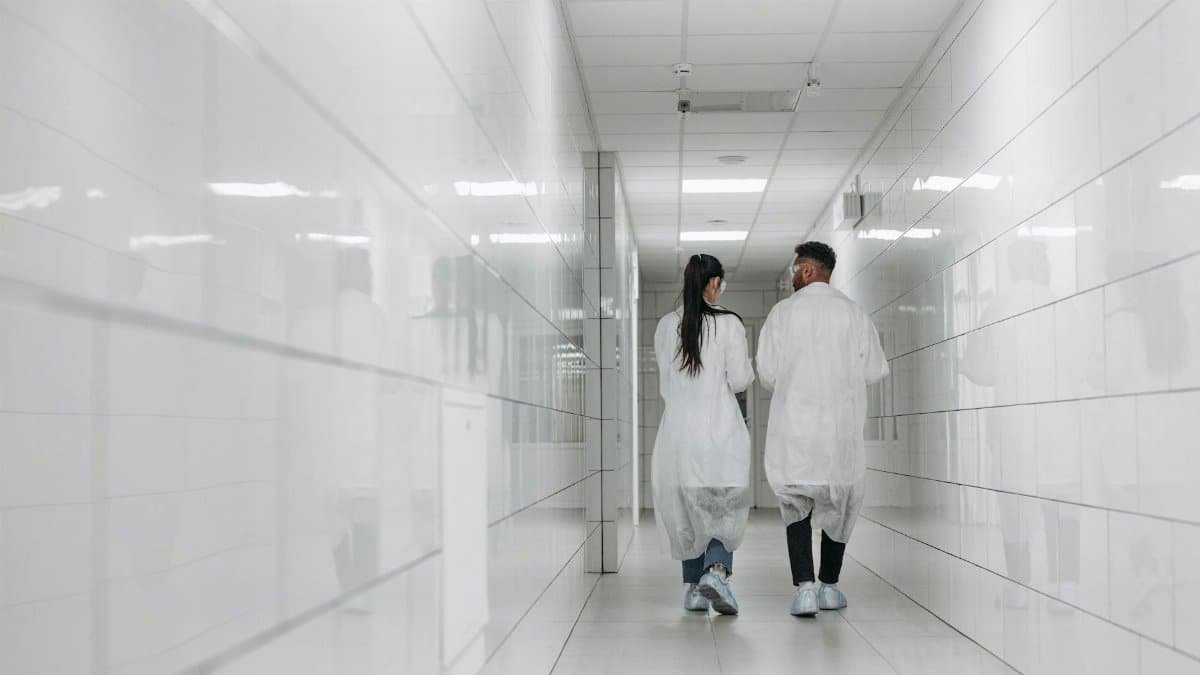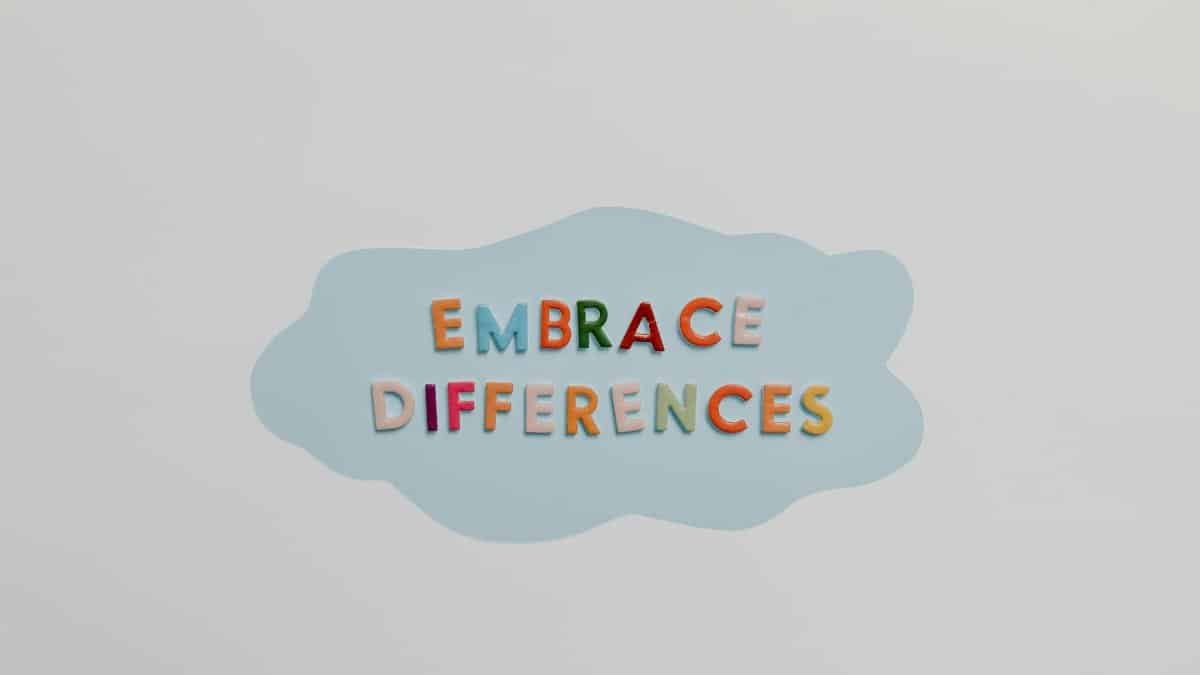A recent study from the Pew Research Center found that 55% of Americans report feeling overwhelmed by daily stresses, up from 45% just a decade ago. This surge highlights a growing need for tools that foster inner calm. Enter acceptance presence, a concept blending mindful awareness with non-judgmental acceptance. It’s not about ignoring problems. Instead, it encourages embracing the present moment as it is. Researchers note this approach can reduce anxiety by redirecting focus from what-ifs to what is. In bustling cities like New York or Los Angeles, people are turning to it amid relentless pace. One survey participant shared how it shifted their outlook during a tough commute. Acceptance presence offers a quiet rebellion against perfectionism. It invites seeing flaws as part of the human tapestry. As 2025 unfolds, more are exploring its potential to reshape perceptions.
The Roots of Acceptance Presence

Acceptance presence draws from ancient philosophies and modern psychology. Think of it as a bridge between Eastern mindfulness traditions and Western therapeutic practices. Buddhist teachings on equanimity laid early groundwork. They emphasized observing thoughts without attachment. Fast-forward to the 20th century, and psychologists like Carl Rogers championed unconditional positive regard. This idea evolved into what we now call acceptance presence. It’s about being fully here, accepting emotions as they arise.
Consider a group therapy session in Chicago. Participants sit in a circle. One woman describes her anger bubbling up. The facilitator nods, urging her to sit with it. No fixing required. This scene captures the essence. Studies support these roots. A report from the American Psychological Association links such practices to improved emotional regulation. Dive into the APA’s Mindfulness Resources for more on its historical ties.
Yet tensions exist. Some view it as passive. Others see it as empowering. This duality keeps the concept alive and debated.
Why It Feels Revolutionary Today

In a world of constant notifications, acceptance presence cuts through the noise. It challenges the hustle culture that dominates American life. People scroll endlessly, chasing validation. But what if pausing and accepting the scroll’s pull changed everything? A man in Seattle recalls his breakthrough. He sat by the waterfront, phone in hand. Instead of fighting distraction, he acknowledged it. Calm followed.
This shift matters amid rising mental health concerns. The National Institute of Mental Health reports anxiety disorders affect over 40 million adults. Acceptance presence offers a counter. It promotes self-compassion, reducing self-criticism. Online, anonymous shares echo this. One account described feeling “finally free” after accepting a career setback, without the usual spiral. Such stories illustrate its quiet power.
Still, it’s not always easy. Distractions pull hard. But practicing builds resilience, one breath at a time.
Overcoming Inner Resistance

Resistance often blocks acceptance presence. The mind rebels against stillness. Why? Evolution wired us for vigilance. In prehistoric times, scanning for threats ensured survival. Today, that translates to overthinking. A study in the Journal of Personality and Social Psychology explores this. It found people prefer electric shocks over sitting alone with thoughts. Shocking, right?
To overcome, start small. Notice the resistance without judgment. A teacher in Austin guides students through this. “Feel the itch to check email,” she says. They do, and it passes. This technique, backed by research from Harvard’s mindfulness programs, eases the barrier. Check the Harvard Medical School’s Mindfulness Page for related insights.
Complexity arises when resistance ties to deeper traumas. Here, professional help integrates acceptance gently. It’s a process, not a quick fix.
Practical Ways to Build It

Building acceptance presence requires simple, consistent steps. Begin with breath. Inhale deeply, accept whatever thought arrives. No pushing away. Apps guide this, but basics work anywhere. Walk in a park, notice sensations. Leaves rustle. Feet hit ground. Accept discomfort if it comes.
One approach: body scans. Lie down, scan from toes to head. Accept tensions found. Research from the University of Massachusetts Medical School supports this. Their Mindfulness-Based Stress Reduction program shows reduced stress markers. Explore it via the UMass Medical School’s MBSR Page.
Adapt for busy days. During meetings, accept wandering minds. Redirect kindly. Variety keeps it fresh. Some journal acceptances nightly. Others meditate in traffic. Each method weaves presence into life.
Challenges persist. Forgetfulness strikes. But restarting is part of acceptance itself.
Its Ripple Effect on Relationships

Acceptance presence transforms how we connect. It fosters empathy. Imagine arguing with a partner. Instead of defending, accept your frustration. Space opens for listening. A couple in Denver tried this. Tensions eased as they acknowledged feelings without blame. Communication flowed.
Studies confirm. The Gottman Institute’s research on relationships highlights acceptance’s role in conflict resolution. Couples practicing it report higher satisfaction. See their findings at the Gottman Institute Research Page.
Yet it’s nuanced. Over-acceptance might ignore real issues. Balance is key. In friendships, it means accepting flaws while setting boundaries. This dance enriches bonds, making them more authentic.
Navigating Work with Acceptance

At work, acceptance presence combats burnout. Deadlines loom. Emails pile up. Accepting the overwhelm shifts perspective. A manager in San Francisco implemented team check-ins. “Accept where we are,” he says. Productivity rose, stress dropped.
Data from Gallup underscores this. Their 2025 workplace report notes disengagement costs billions. Mindfulness practices, including acceptance, boost engagement. While not directly linked, related trends appear in their Gallup Workplace Insights.
Dive deeper. In creative fields, accepting blocks sparks innovation. Writers stare at blank pages, accept the void. Ideas emerge. But corporate settings resist. Pushing for it requires subtle advocacy.
The Science Behind the Shift

Science validates acceptance presence. Neuroimaging shows it activates brain regions for emotional regulation. The prefrontal cortex lights up, calming the amygdala’s fear response. A meta-analysis in JAMA Psychiatry reviewed dozens of studies. It concluded mindfulness-based interventions, key to acceptance presence, alleviate depression symptoms.
One vivid example: veterans with PTSD. Programs teach acceptance of intrusive thoughts. Symptoms lessen. The VA’s research supports this, detailed in their VA PTSD Mindfulness Page.
Critics question long-term effects. More longitudinal studies are needed. Still, evidence mounts, pointing to profound perceptual changes.
Embracing Imperfection Through It

Ultimately, acceptance presence reframes imperfection. It teaches that flaws aren’t failures. They’re human. A artist in Brooklyn struggled with self-doubt. Through presence, she accepted unfinished canvases. Creativity surged.
This mindset spreads. In education, teachers use it to accept student differences. Classrooms thrive. Broader society benefits too. As divisions grow, accepting diverse views fosters unity.
Reflect on a quiet evening. Thoughts drift. Accept them. Vision clears. Everything looks different, more vibrant. This is the change acceptance brings.
